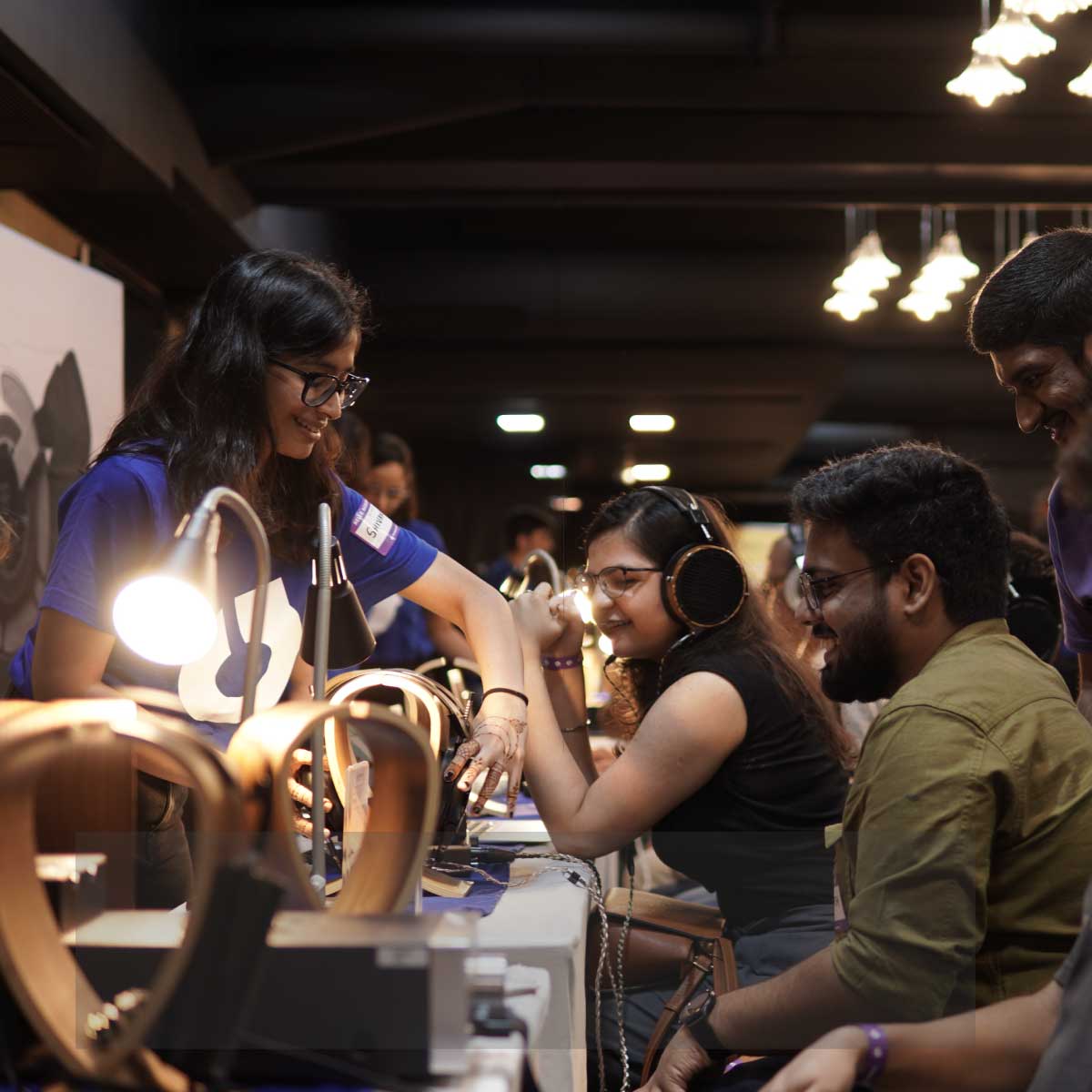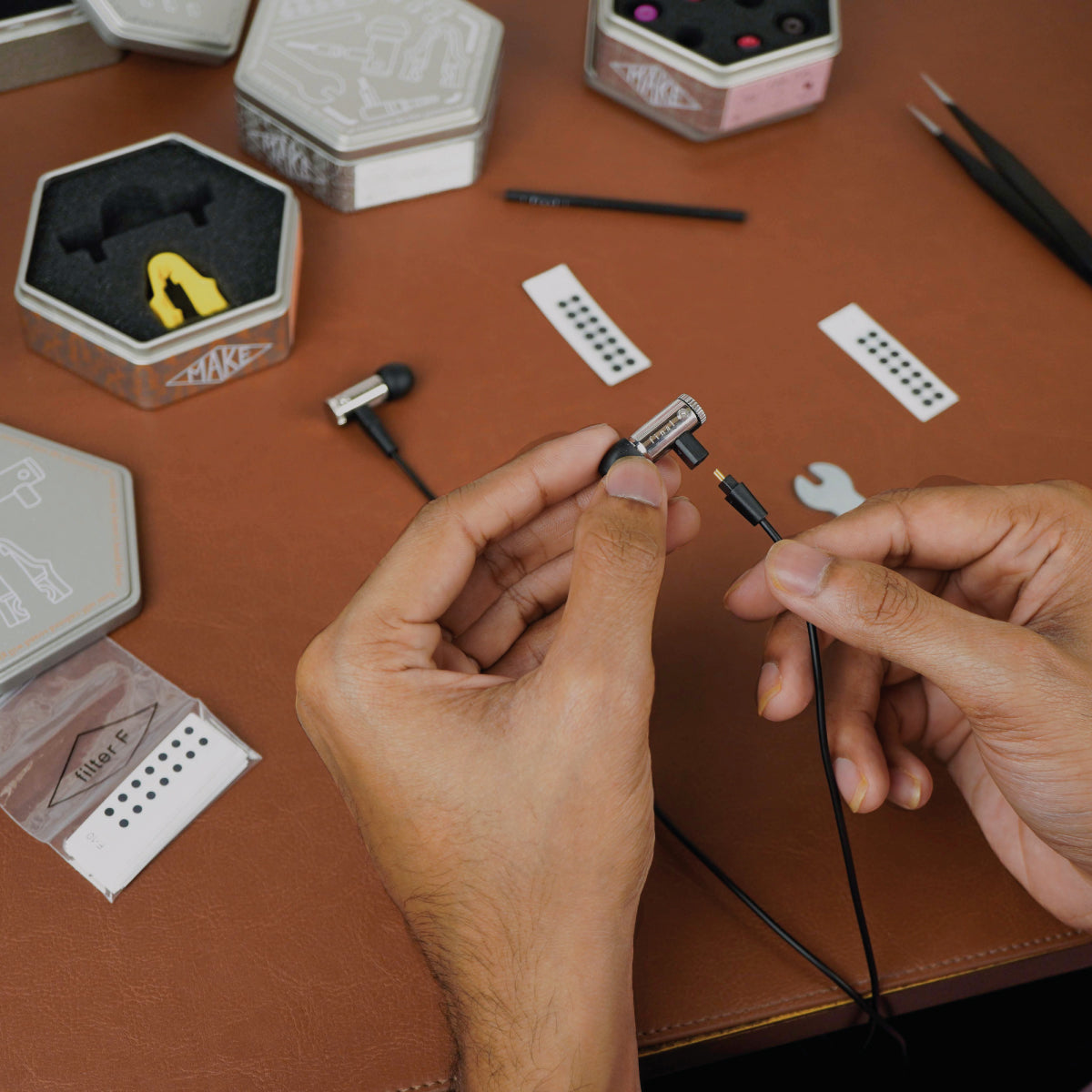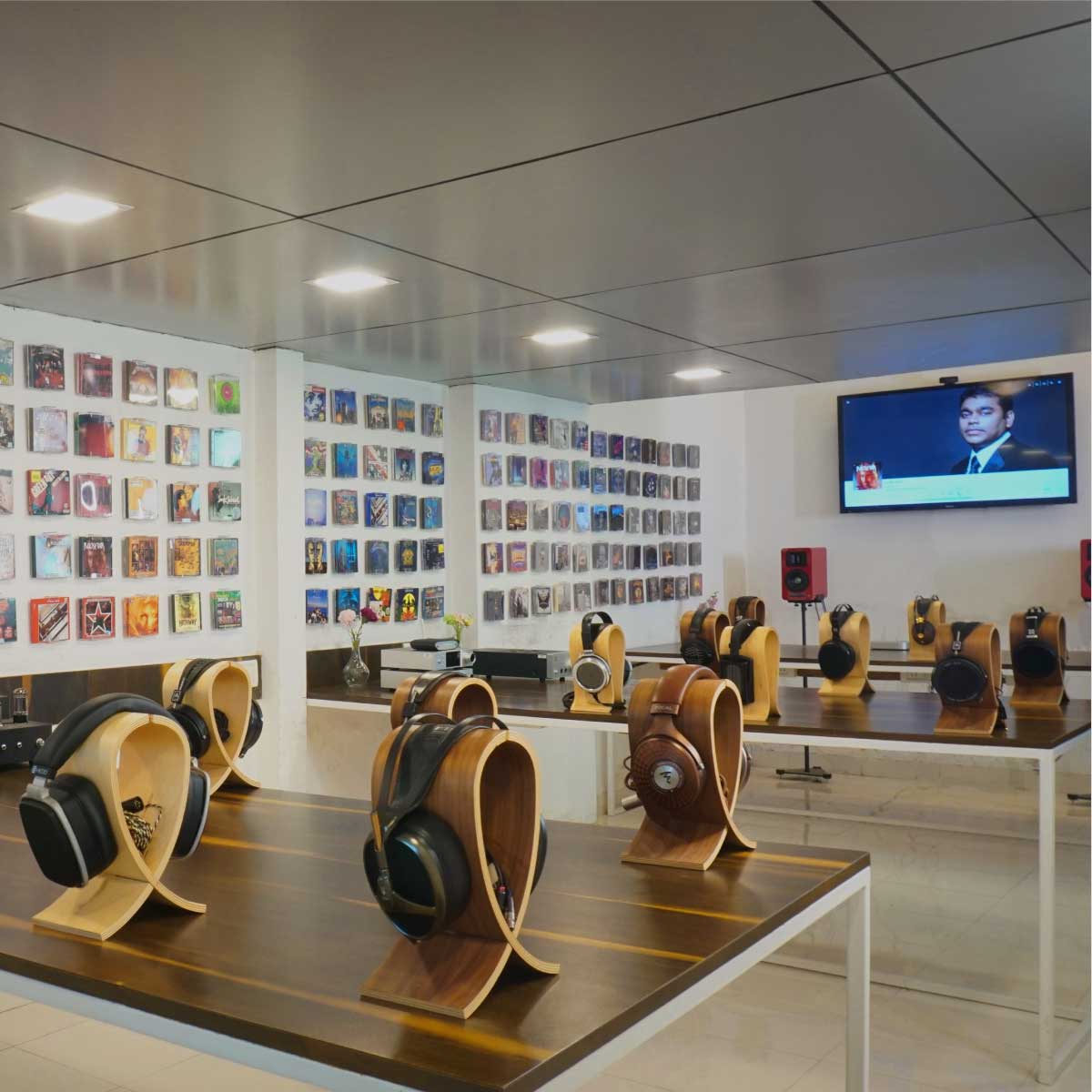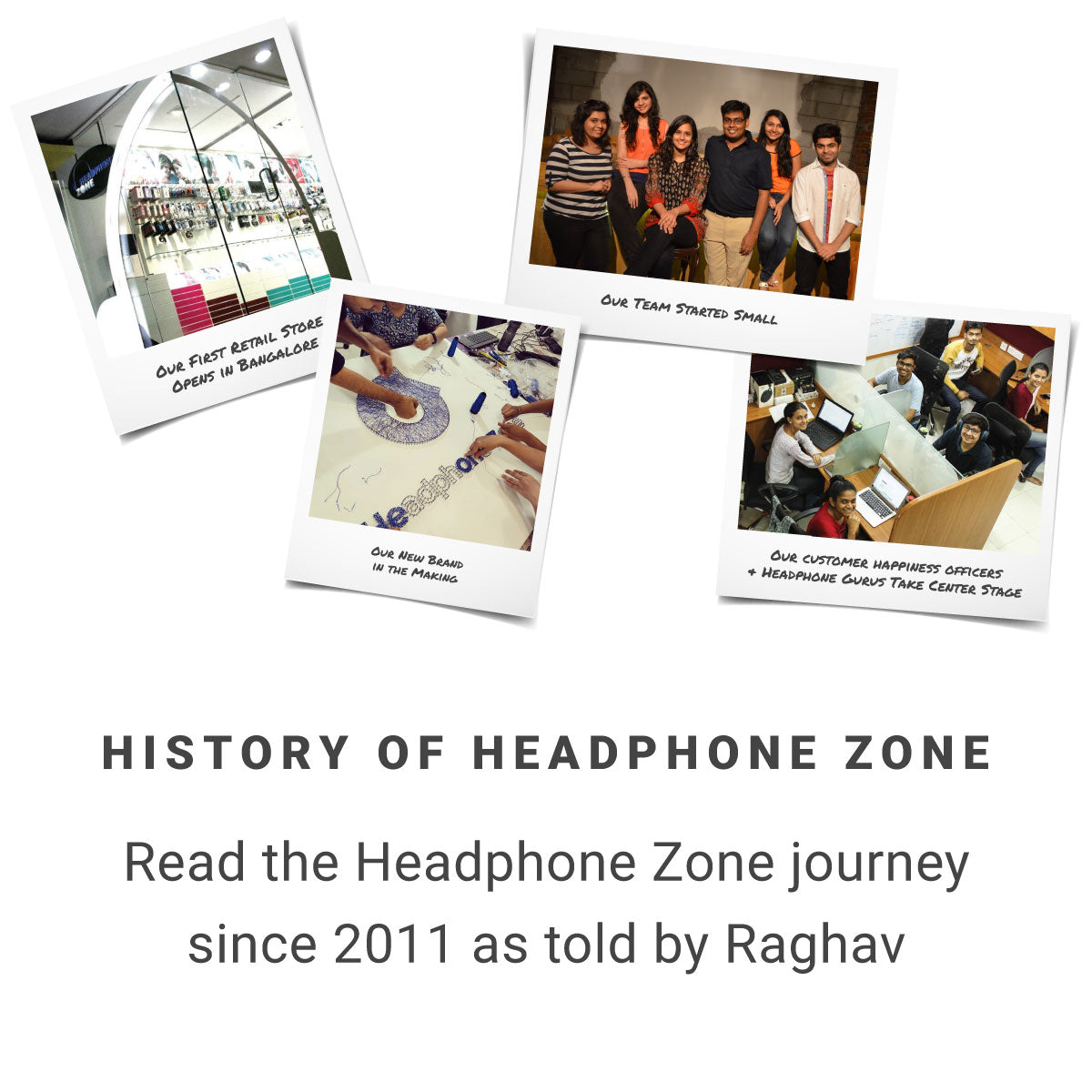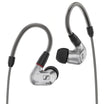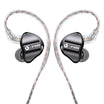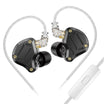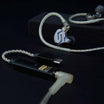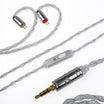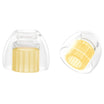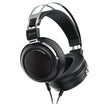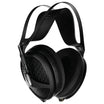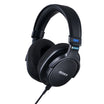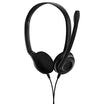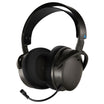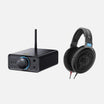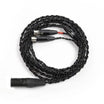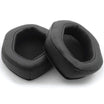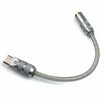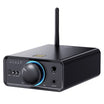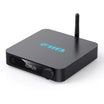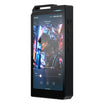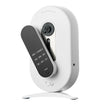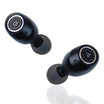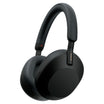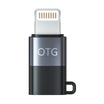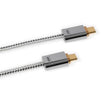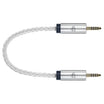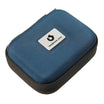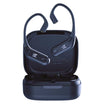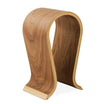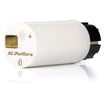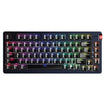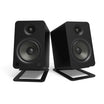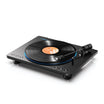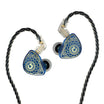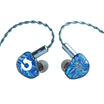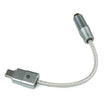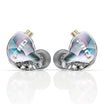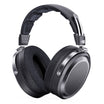Beginner's Guide
Headphones vs IEMS
If you're someone who's just starting in your hobby of audiophilia and you're looking at buying your very first headphones to seriously and I mean seriously start listening to music, you'll find that you're first presented with a very obvious choice of whether going for a full-sized headphone or an in-ear monitor and there's no correct answer for this. Both of them have pros and cons, and you'll find that it's one of the things that everyone's got to be asking themselves as they're starting the hobby. I thought I'd share with you my thoughts on how you make your pick and the pros and cons of both, so hopefully depending on what you're looking for and what's important, you'll be able to make that decision.
Intro
Hi guys, this is Raghav here from Headphone Zone. If you're someone who's just starting off in your hobby of audiophilia and you're looking at buying your very first headphones to seriously—and I mean seriously—start listening to music, you'll find that you're first presented with a very obvious choice of whether going for a full-sized headphone or an in-ear monitor, and there's really no right answer for this. Both of them have their own pros and cons, and you'll find that it's one of the things that everyone's got to be asking themselves as they're starting the hobby. I thought I'd share with you my thoughts on how do you make your pick and the pros and cons of both, so hopefully, depending on what you're looking for and what's important to you, you'll be able to make that decision.
Headphones vs IEMs
Now, the first thing you should know is that in-ear monitors, for the price point that they're available today at, just offer you incredible value for money, and the sound quality that you're able to get on an in-ear monitor—especially for a budget of 10,000 rupees and below—is simply unparalleled. I don't think any full-sized headphone can match the sound quality of an in-ear monitor for less than 10,000 rupees. So, if you're on a budget, I will almost always insist that you go with an in-ear monitor. Simply put, because the value for money you're going to get as you're starting off in the hobby is just incredible.
At higher price points—maybe 15,000 rupees, 20,000 rupees and above—you'll find that full-sized headphones start sounding really, really, really good, and at that segment, you'll find that there are a lot of full-size headphones that sound absolutely amazing, but that's another subject, and we'll talk about those in a different video. Full-sized headphones can give you a much wider, immersive-sounding experience—that's definitely an advantage over an in-ear monitor. You'll find that it has an airy and a certain width and allows you to visualise music with a lot more soundstage than an in-ear monitor can, but the problem is that a lot of us tend to use closed-back full-sized headphones, and closed-back headphones can sound very narrow, very boxy, and just take away that airiness and immersiveness that we want on a full-size headphone.
So, I almost always recommend that you try and go for an open-back headphone. The problems of open-back headphones are very, very simple: while it does give you that soundstage, that sense of lifelike airiness, you have to listen to these in a quiet environment at home where you're not disturbing anyone, and the reason is very simple—an open-back headphone leaks sound, and at the same time, doesn't block your ears out, so you can hear the noise that's around you. The advantages, of course, outweigh the disadvantages when it comes to sound quality. So, if you're someone who likes to listen to music at home, a full-size open-back headphone is the way to go. If you're someone who's listening to music on the move—in the train while traveling, in the plane, in the back seat of a car, on the bus, at work—then you must always go with a closed-back headphone or, even better, an in-ear monitor.
I tend to find that in-ear monitors sound perfect for when you're on the move—it's compact enough, portable enough that you can put into your pocket, and it sounds great wherever you listen to them. It doesn't need you to be in a quiet room specifically; the privacy, the isolation that you get on an IEM is just fabulous. Now, some of you may also wonder: do you need an expensive DAC and amp to go along with a headphone or an IEM? Now, this is, of course, a much longer subject, but what I will tell you is that most in-ear monitors are relatively easy to drive, so even a portable pocket-size dongle DAC is more than sufficient to drive the best of in-ear monitors which are out there in the market. But with most full-sized open-back headphones, you want to get yourself a powerful DAC and amp, which can be bulky and can sometimes even be expensive. So, keeping all those considerations in mind, I think you'll have a very clear understanding of whether an IEM is better suited for you or a full-sized headphone. I love them both. When I'm here in our experience studio and I'm sitting quietly by myself, I will always pick up a full-size headphone, but when I'm on the move—traveling or just going for my morning walk—I will always go with an in-ear monitor, and this sounds fantastic.
Talking To Us Is Easy
Get in Touch with Our Team directly - We're Here to HelpRequest a Callback
Our team should be able to call you back within 2 days.
Speak to usRequest a Callback
Write to Us
Prefer to drop us a line? Our team will get back to you via email within a working day.
Mail usWrite to Us
Join the Discussion
We're not the experts on everything, but our community is. Join The Indian Audiophile Forum.
Join community